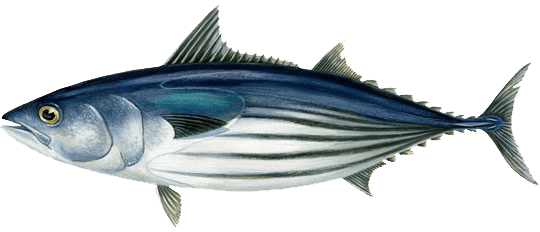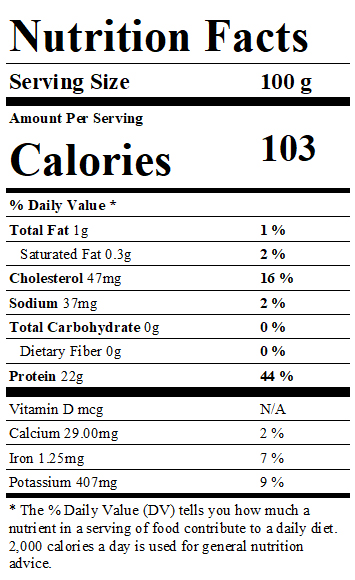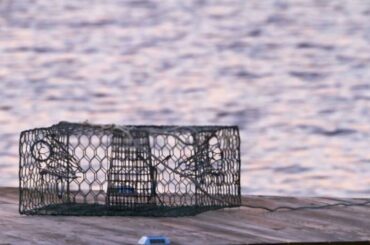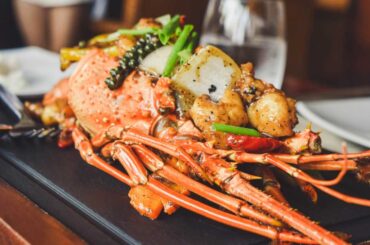Table of Contents

Skipjack Tuna
Skipjack Tuna is a medium-sized performer fish in the tuna family. Sri Lankan Name Is Balaya and which is the species most commonly used in canned tuna. Skipjack Tuna have a life span of eight to 12 years and reach reproductive maturity when they reach 1.3 feet in length Skipjack tuna are an important prey species for open ocean sharks and large bony fishes, especially the billfishes, and play an important intermediate role in pelagic food webs.
Where Do Skipjack Tuna live
This species lives in tropical latitudes of all oceans and is fished commercially everywhere that it is found. Fortunately, it is fast-growing, reproduces at a young age, and produces millions of eggs
How To Identify skipjack Tuna fish
Their backs are blue and they have four or six dark stripes of silver on their sides and abdomen that looks like continuous lines of dark lines. They also have no scales except on the sides and sides of their heads. It is possible to identify these shorts in the mind
Skipjack Tuna Season & Details
The maximum length is about 108 cm fork-length with a maximum weight of 15 to 20 kg, However, the more common maximum size is 80 cm fork-length and 8-10 kg in weight. Skipjack Tuna Season IS September – April In the Indian Ocean.
Females can lay between 100,000 and 2 million eggs at a time, depending on size and nature. Skipjack tuna reproduce and reproduce, releasing eggs and sperm into the water column. One day after conception, the eggs hatch.
1. Life Cycle
Tuna can lay between 100,000 and 2 million eggs at a time, depending on their size and species. The tuna skipjack reproduces by releasing eggs into the water column. tuna eggs hatch in a day or two, though this can depend on the temperature of the water.
On a seasonal basis, tuna spawn year-round around the equator. Skipjack tuna can spawn daily and produce between 100,000 and 2 million eggs a year. Hough some estimates suggest skipjack tuna can live up to 12 years, most sources report that they usually live for five to seven years.
2. Diet
Skipjack tuna eat a variety of prey, including cephalopods, herring, mackerel, and crustaceans. When food is scarce, they may even eat other skipjack tuna. They often travel in giant schools hunting for prey. These fish sometimes mix with schools of yellowfin, albacore, and bluefin tuna. This is because they all belong to the same family.
3. Habitat
Skipjack tuna can be found in oceans all over the world, particularly in tropical and subtropical waters. Warm water temperatures between 65 and 80 degrees F are ideal for them. This fish is highly migratory and may travel extremely long distances to find food. They can find food even when they are as deep as 800 meters below the surface, despite feeding primarily near the surface.
Skipjack tuna lives as a school. An average school will contain between 200 and 5000 individuals Or More. Each fish in the school is the same size, shape, and coloring as the others
Threats
Skipjack tuna is commercially fished and a favorite prey of sharks and other large pelagic fish, such as Marlin fish, sailfish, swordfish, and large tuna species. Skipjacks are also cannibalistic by nature and will feed on each other when food is scarce.
Catch Methoed
Commercial Fishing
Large schools of fish can be caught with a purse seine by commercial fishers simultaneously. Often, they will use artificial floating bait to attract the schools to a specific area. Consequently, large schools of fish can be caught at once when lures are used in this way.
Non-commercial
To Catch skipjack tuna,
and most non-commercial anglers use trolling lines and artificial lures. Skipjack is most likely to be near the surface and looking for food in the early morning and late afternoon, so these are the best times to fish for them. Using longline fishing methods may also enable you to catch skipjack further below the surface.
The Fish looked and Tasted Delicious
The flesh of this fish is dark red. So places like the fishes’ blood collection will be in black.
The tuna fish is one of the most popular seafood in the culinary world, and it can be eaten raw or cooked. Tuna is delicious since it contains omega-3 fatty acids and is not too oily. Therefore, it is healthy food. Different countries have different recipes for preserving and eating these fish. It is also used as a canned fish, and it is very popular.
Nutrition Facts- Balaya








